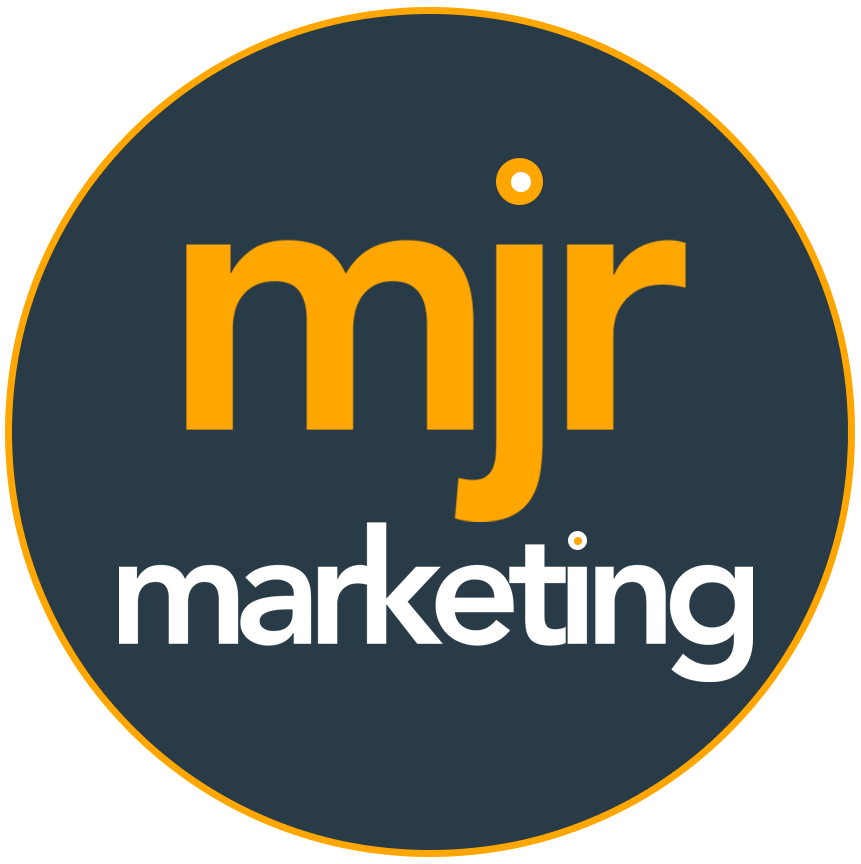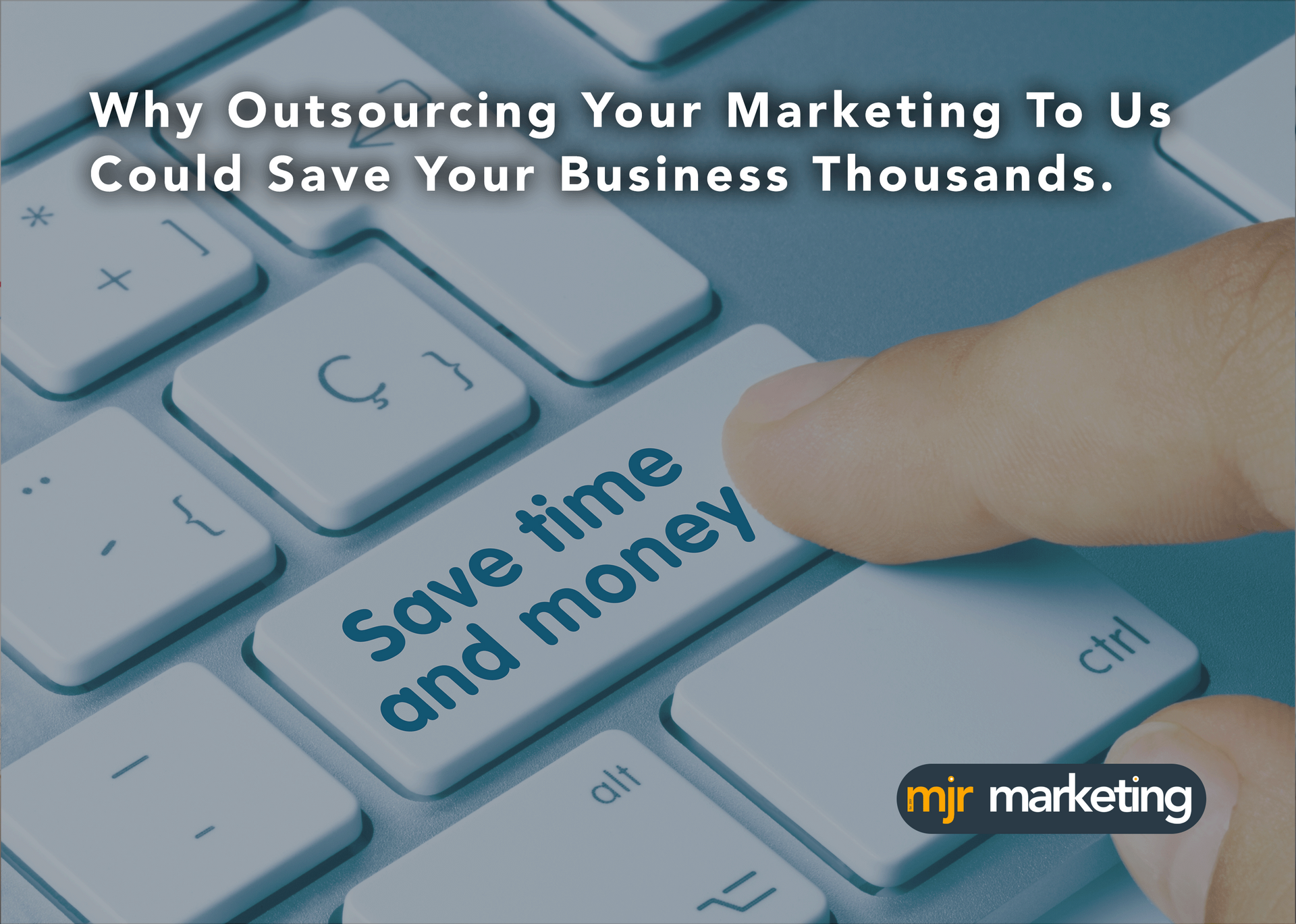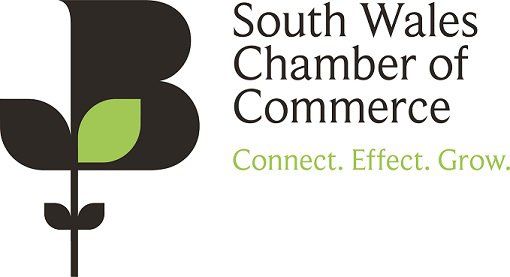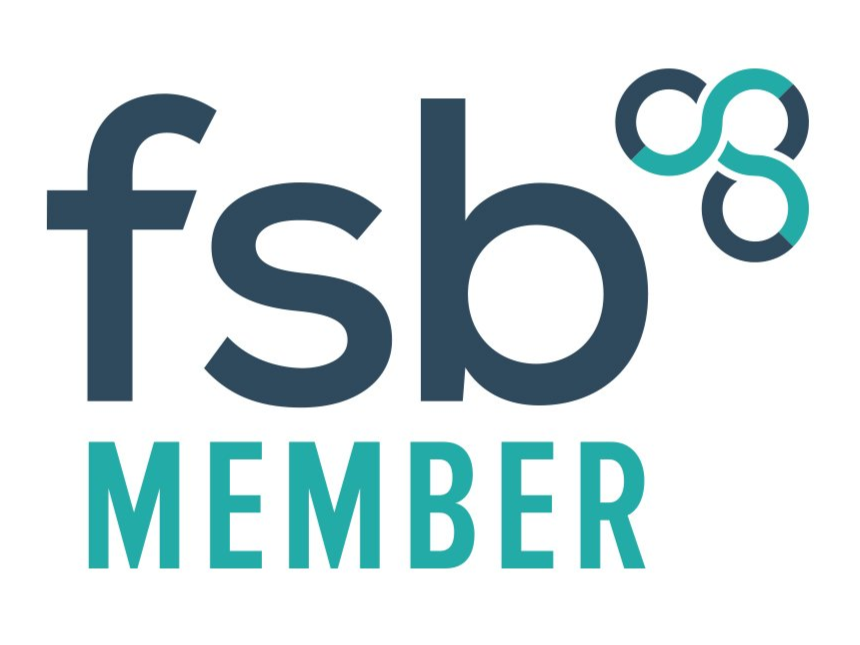Book a Consultation
Thank you for contacting us.
We will get back to you as soon as possible.
We will get back to you as soon as possible.
Oops, there was an error sending your message.
Please try again later.
Please try again later.
Crisis V Opportunity During Lockdown: Reviewing Your Marketing
"In the midst of every crisis lies great opportunity." Albert Einstein
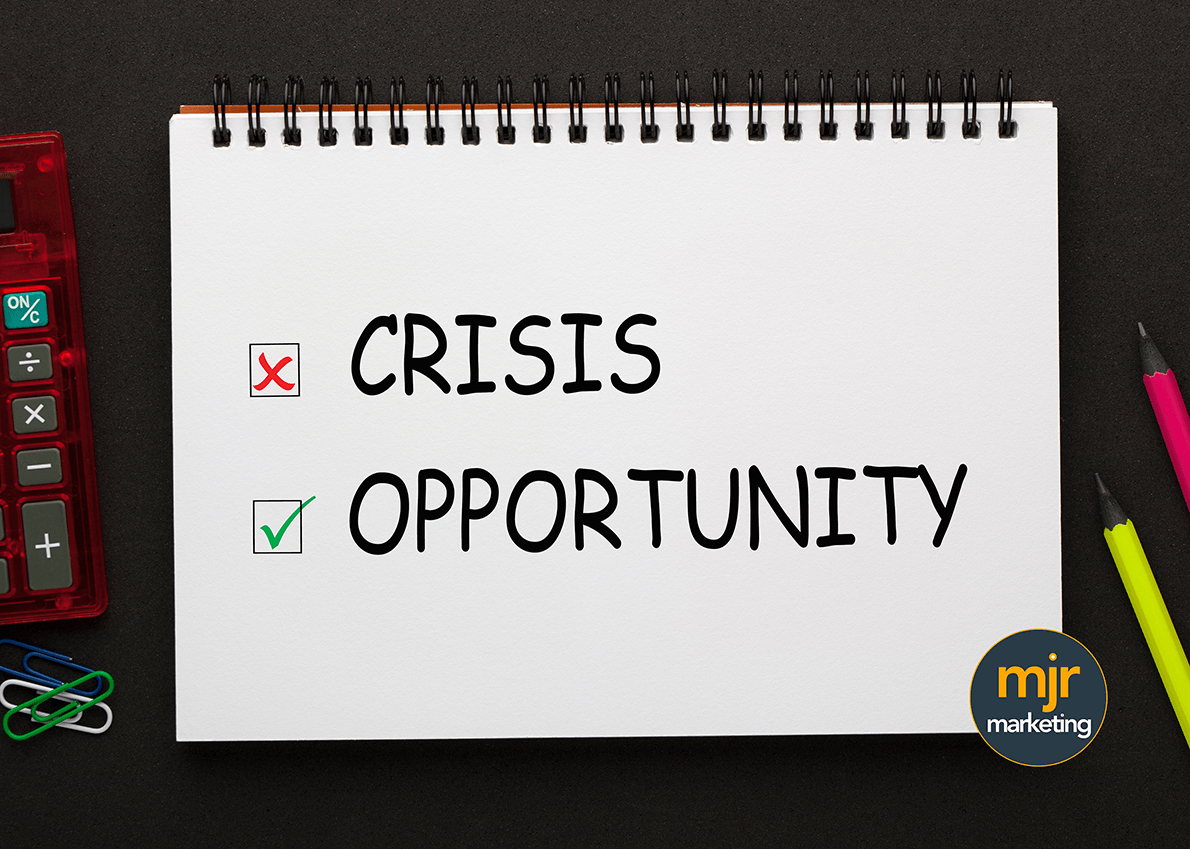
The Coronavirus lockdown.
There's no other way to look at it other than it's a major crisis.
And unless you are in the habit of planning for a pandemic affecting your business, it's probably caught you totally off-guard.
So what can you do?
Like any crisis, how you respond can have a significant impact on the outcome.
You can bury your head in the sand and hope it all goes away; praying for a Bobby Ewing moment where you wake up and it was all a bad dream.
Or, you can review your situation, plan and prioritise what you need to do then get it done so you not only survive the crisis, but you come out the other side ready to go again.
This is easier said than done, so below are some tips on a marketing review and planning process we use that may help your business.
We call it OOPPA, and it stands for:
- Orientate
- Observe
- Plan
- Prioritise
- Act
Orientate:
Try to identify where your business is right now compared to where it was before the lockdown took place. It will give you a benchmark from where to start and an idea on what to focus on and what to "pause".
Questions to consider:
- Your business pre-lockdown:
- How was your business performing before the lockdown took hold?
- Were you coming to the end of a bumper financial year and riding the crest of a wave or had your business already started to slow down?
- Which products / services were performing well?
- How were you marketing them?
- Were you primarily acquiring new business or servicing existing clients?
Your business now:
- How does your business look right now in comparison?
- How many staff are still available to work, or are they all furloughed?
- What marketing skills do they have?
- Do you have access to your business / products / services?
- How many clients are still active V. how many have you lost?
- Which ones are likely to go in the near future?
- What impact will this have financially?
- Which clients are key?
- What products / services can you still sell / provide during lockdown?
- Can you change your business model to continue trading - e.g. offer your services online, provide deliveries, etc.?
Observe:
Think of this as looking specifically at your marketing activity in the same way - before and right now.
Before lockdown:
- How much marketing activity were you undertaking?
- What were you doing?
- Who was doing it?
- How much were you spending?
- What was working?
- How much time was it taking?
Right Now:
- What marketing activity are you doing now compared to before the lockdown - is it the same or has it dropped off?
- How are you promoting the parts of your business that are still trading or have the ability to trade if you made some adjustments?
- How are you keeping in touch with your customer base - key clients in particular?
- How are you managing the fall-out of letting customers down due to the current restrictions in place?
- How are you educating potential new customers on your USPs, your story and why they should choose you?
Planning:
Think about the activities you need to be doing to keep your head above water and what you need to be doing to prepare for the restart after the lockdown is lifted and the recovery starts?
If you can, set targets and work backwards from those targets to develop bite-size mini targets to attack one at a time.
Right Now
Communication:
- What communication channels are available to you (social media, email, newsletters, PR, etc.)?
- What do you need to communicate with existing customers?
- What do you need to tell potential customers?
- What do you need to say to your team?
- How often can you communicate?
- Who will do it?
Advertising:
- Can you negotiate preferential rates with advertisers during lockdown?
- Can you secure better positions that competitors may have vacated?
- Are there digital platforms (Google, etc.) that you can tap into?
- Can you arrange something small now that gives you a great advertising spot when things are about to return to normal?
Promotions:
- Do you have lots of stock you can offer at a discounted rate right now?
- Can you "beef up" the service you give customers, so they get more for less?
Suppliers:
- Has your supply chain changed during lockdown?
- Will it return to normal?
- If not, who is out there that can replace suppliers?
- How quickly can you get your suppliers to react when the date to lift the lockdown is announced? Is there a delay? If so, how will this impact on your ability to restart?
Delivery:
- If you can change your business model to sell certain products / services, what does this look like, what's needed to make it work?
For the "restart."
- Can you win back any lost clients - how will you do this?
- Which new customers / clients will need your products and services?
- Will they have an immediate need?
- Where are they?
- How to you contact them?
- What are you saying to them?
- How will you tell your story and differentiate from the competition?
- What are the main products you want to shout about when things get back to normal?
- Will you offer a promotion? What is it? How will people access it? How will you shout about it?
- Do you want to initiate an advertising campaign - what does it look like?
- If you will have a minimal marketing budget, how will you maximise it?
- Will you return to the "old" business model?
- Will the new way of working become the norm?
- Can you incorporate the two?
- How will you tell people?
- Who will undertake the marketing activity?
- Will they have the time and skillset?
Prioritise
Now, more than ever, you need to be talking about your business, its products and services, so make it a priority and make time for it.
Even if you're not trading - keep talking about your business.
If you are trading, do people know?
If you've made changes to your business, what are those changes, and how will they benefit customers?
You want to keep your business in people's minds, so prioritise what you can be doing right now, next week, next month, as well as what's needed to get ready for the restart.
Get it down on paper or as an online document.
Prioritise the importance of each activity and what resource you need to execute it.
Set dates and times.
Be realistic.
Remove the activity that's not essential and focus on the activity that will make a difference.
Tip:
Consider your top clients:
- How did you get them as clients in the first place - what was the process?
- Can you replicate that in the current climate if needed? If not, plan what you will do to get similar clients after lockdown.
Products and services
- Which ones are the most profitable that use the least resource that you can offer right now - how do you promote it?
- When you re-open, what will be your flagship products?
- Prepare a campaign to market them.
Act:
Get it done.
Follow your plan and even if you hit stumbling blocks along the way, keep moving forward with your plan and don't be afraid to restart the process if other major changes happen.
Above all, look for the opportunities to exploit and don't bury your head in the sand - one thing is for certain, this isn't a bad dream and your Bobby Ewing moment won't happen!
It will get better and if you develop a plan, not only are you doing something lots of your competitors are not, there's a good chance you'll come out of this crisis a lot stronger as a business.
Thanks for reading.
If you would like our help with any aspect of marketing, we are here to support you, regardless of your business size or sector.
Visit the services page of our website for more info or email us and we'll get in touch with you - info@mjrmarketing.com
By Liam Reardon
•
October 2, 2020
There are billions of businesses out there, and thousands of country leading businesses - big fish in small ponds if you will - but only a handful of truly iconic brands. Instantly recognisable on a global scale, and easy to pinpoint with nothing but colour, shape or a logo. So what is an iconic brand? Iconic brands are cultural phenomena that inspire unbreakable loyalty in their fans as well as an emotional attachment that permeates all aspects of their lives. More significant than its products or services; it needs no introduction, but how does a company take the next step - from a successful company into an iconic brand? So, what are the ingredients of iconic brand identities? Brands are companies that are masters in storytelling. They know how to connect with their customers on a deeper level, representing specific values through products, advertising, and even customer service. People form strong bonds with iconic brands based on the company’s purpose and its ability to generate affinity with their target audience. Take Under Armour for example; they are not the only global sportswear manufacturer, but people buy into their concept that anyone can accomplish anything, reinforced by their new strapline “The Only Way is Through”. Top of Mind. Iconic brands are also experts in psychological marketing. These are businesses that have spent years developing a unique identity that promotes ideas and concepts that resonate with the people that they want to sell to. Because iconic brand identities play an important role in their consumer’s life, they enjoy a huge degree of brand loyalty. There are millions of people who will only drink Coca-Cola brand soda and if you offered them a Pepsi, they would change their order! While the features of iconic brands aren’t necessarily set in stone, most experts agree that there are some commonalities: They have strong cultural roots: Iconic brands tap into the values of society. Their stories, purpose, and values reflect the beliefs and concerns of their target audience, making it easier for them to connect with even the most complex customers. Their image and identity: Even in today’s digitally diverse world, iconic brand identities prevail because they’re consistent, powerful, and easy-to-recognise. Their compelling story: No matter what happens, iconic brands remain true to their story and values, even if that means reinterpreting their beliefs at times to suit an ever-changing environment. Achieving an iconic brand identity means that your company becomes more than just a convenient option to your customer – but an essential part of your target audience’s lifestyle and identity. The question is, how do you begin to build an icon? 1 - Be the one and only No matter how innovative or creative you might be, it’s hard to think of a USP that no-one has ever considered before. Even if you manage to create something completely new, there’s a good chance that someone will end up building on your concept to develop their own product that could be better than yours, so stand out. 2 - If you’re in a congested marketplace, revolutionise your industry by doing something that none of your competitors has done before . Be bold and imaginative, and don’t be afraid to try something new. Have the courage to be different! 3 - Concentrate on the people (not the product) Think about your customer base, and look for ways to use your marketing materials to emphasise how your service or product will make people’s lives better, or solve a specific problem. While it’s tempting to just list the technical specs of your new item, remember that your customers care about how your product is going to fit seamlessly into their lives and make their day-to-day challenges easier. Generate influence early One of the best ways to start generating influence for your business as quickly as possible is to reach out to influential figures on social media. Start to create a list of people who could have a significant impact on your brand reach as early as possible, and connect with them before you even launch your first product. A great example of this is Nike, who signed a young Michael Jordan when the footwear company was in its infancy (check out the awesome Last Dance on Netflix). Between them, they created the Air Jordan, and as they say, the rest is history. The golden rules of iconic brand identities Remember, there’s more to your company than its name and logo. The people who connect with your business want to resonate with the personalities behind your brand, not the product or service you offer. Since iconic brands are all about telling stories, it’s important to think carefully about how each aspect of your identity contributes to the narrative you want to create. Think of iconic companies like Coca-Cola, for instance, everything from their impeccable red colouring, to their unique typography speaks to the fun and familiar nature of the brand. What’s more, regardless of whether the company is appearing in print, online, or on TV, their identity remains the same. If you want to replicate the same experience with your own company, then you need to develop the following things: Iconic brands have a compelling name and logo Iconic brands find their voice Iconic brands stand for something Keep your promises Maintain consistency Iconic brands connect with their customers So where do you start? Firstly - research Customers are the lifeblood of your brand, and you need to understand what they want from your company if you have any hope of keeping them engaged. Before you begin thinking about things like logos and website design, make sure that you have a strong user persona in place that can guide you all the way from your visual identity choices, to your decisions regarding personality and voice. Usually, competitive analysis and market research is the first step in any important branding decision – particularly if you want to create a company that stands the test of time. Be social! In today’s digitally-connected environment, it’s easier than ever for companies to establish lasting connections with their target audience through social media campaigns. Many of the best and most iconic brands in the world spend a huge amount of money on their social media efforts, in an attempt to cultivate strong communities of happy and satisfied customers. The more you can build relationships with your audience through videos, social posts, and images, the more likely you are to establish brand advocates within your network. This means that you’ll be able to start breaking into the value that word of mouth marketing can offer. Since 74% of customers say that word of mouth is the ultimate influencer for their buying decisions, it makes sense to start getting social. Don’t only focus on price! When it comes to creating iconic brands, a lot of companies get caught up focusing on just one part of the marketing mix “price”. Think about what kind of value your product or service can offer and how it sets you apart from your competitors. Remember, you’re going to need the differentiator you choose to stand the test of time. In this case, iconic brands rarely go for low-cost as a USP. Be reliable If your end goal is to be an iconic brand with an iconic brand identity, then you need to establish loyal clients, and that means keeping your customers happy – whatever it takes. To be reliable in today’s business world, you need to make sure that you’re not making any promises you can’t keep, and that you’re jumping through any hoops necessary to keep your followers on your side. Image is everything: Tips for iconic brand logos KISS - Keep it simple stupid Logo design can be one of the most exciting parts of rolling out a new brand, but that doesn’t mean that you should get carried away trying to implement countless pictures and shapes into your graphic. A simple approach generally makes for a more versatile logo that can be used across a range of media, from tiny website icons to huge storefront signs. So make it relevant and be distinctive. This means that regardless of where they appear, they have the potential to stand out from the competition. While it’s useful to get some inspiration from your competitors if you’re struggling with your logo design, it’s also important to remember that there needs to be something unique about the imagery you choose that makes it as recognisable and memorable as possible. Just keep in mind that your distinctive factors shouldn’t come at the costs of scalability or simplicity. While you’ll need to find a way to make your organisation stand out, it’s also important to consider your needs in the long term, and ask yourself whether your logo will continue to perform well in the future. Conclusion: Each of the tips and suggestions made above is only the starting points involved with creating an iconic brand. Measurable success occurs when you can maintain those practices over an extended period of time, showing your commitment to purposes, values, and identities that make your company narrative unforgettable.
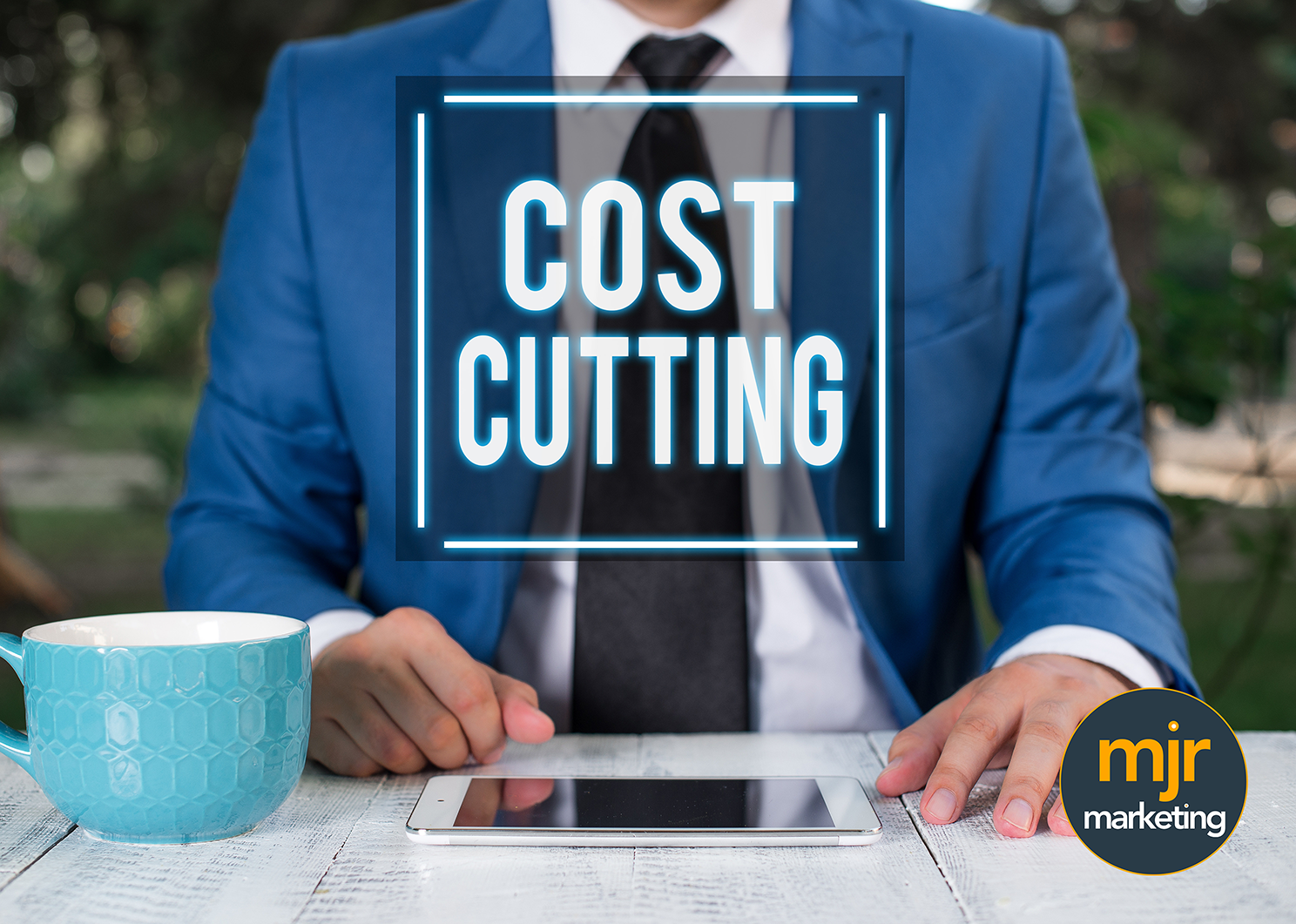
By Liam Reardon
•
May 22, 2020
Unsurprisingly, businesses that cut their marketing budget to the bone (or stop marketing altogether) are the first ones to wonder why customer numbers are decreasing. It can be argued that marketing is, at its core, a process of communication and without going into the detailed definition of "what is marketing", a consistent communication strategy is one way to ride out a period when costs need to be reduced. While we recognise that maintaining the same level of marketing spend may be seen as impossible, there are many ways to make a small budget work, and for some communication channels, there's no cost at all (apart from time). So, what are these free communication channels? Fortunately, they are some of the more familiar ones: Social Media Getting the most from social media will typically require some form of spend, but posting organically still has a place, and the core channels are all free to use: Facebook Twitter Instagram LinkedIn TikTok Posting regularly will keep you in touch with followers, and engaging content increases your chances of new followers / likes and different people interacting with your brand. It's a great way to communicate with lots of people and keep your brand in the customer's eye so when they need your product or service, they think of you. YouTube Another free way to generate content on your business and video is arguably the most powerful medium to communicate your message. And the good news is, you don't need a top-end studio or Hollywood style editing to produce your video. Most smartphones have decent enough cameras these days to film in HD so all you need is a room with decent lighting and you're away! If you want to make more of an impact, there are stacks of free video editing apps available on the App Store / Google Play so you can add some "pizazz" to your video. Mailchimp The bulk email platform has been the staple of marketers for years, and while the paid-for features are what makes this product stand out, the free service definitely does the job. The Free plan includes up to 500 contacts and 1,000 sends per month , and the intuitive drag-and-drop functionality means you can send your first email within minutes. You need to be mindful of GDPR, but if you have a database of compliant email addresses sitting there gathering digital-dust, start using Mailchimp. Blogging Blogs can be a bit marmite for some companies - they either love them or hate them. What we've found over the years is that the ones that don't use them don't really hate them, they don't have the time to write regular articles. Either way, many websites have a blog feature built-in, but simply don't use it. If that's you - get writing! There's lots to talk about, and by adding photos, you can illustrate your message even more. PR A press release is another free way to communicate about your business to a broader audience. Both print and online news sources will be grateful for a well-written story that is engaging and positive, so h ave a think about what you're doing that's newsworthy and get in touch with the different outlets. These are just some of the free ways to maintain your communication, but with all of them, content is king . If you have the ability to develop engaging content for the above areas, our advice is simple - get it done! Maintaining your marketing communications means you'll have lost fewer customers (as they won't forget about you) and who knows, you may even collect a few new ones! More importantly, you'll be in a much stronger position than those businesses who have cut their marketing and ultimately, they will be the ones who have to spend a hell of a lot more to get back to where they once were. If, however, you don't know where to start with your communications, you don't have the time, or your marketing team are no longer part of the business, get in touch. We have 15 years of experience successfully covering all aspects of marketing and offer a range of packages to suit a variety of business needs and what's more, you don't have to pay: ► Employer National Insurance Contributions ► Holiday Pay ► Sick Pay ► Pension Contributions and other costs For more information, get in touch and let's have a coffee and a chat (either at your business or our Swansea offices) to see what we can do to help: ► info@mjrmarketing.com ► 01792 712277 ► www.mjrmarketing.com
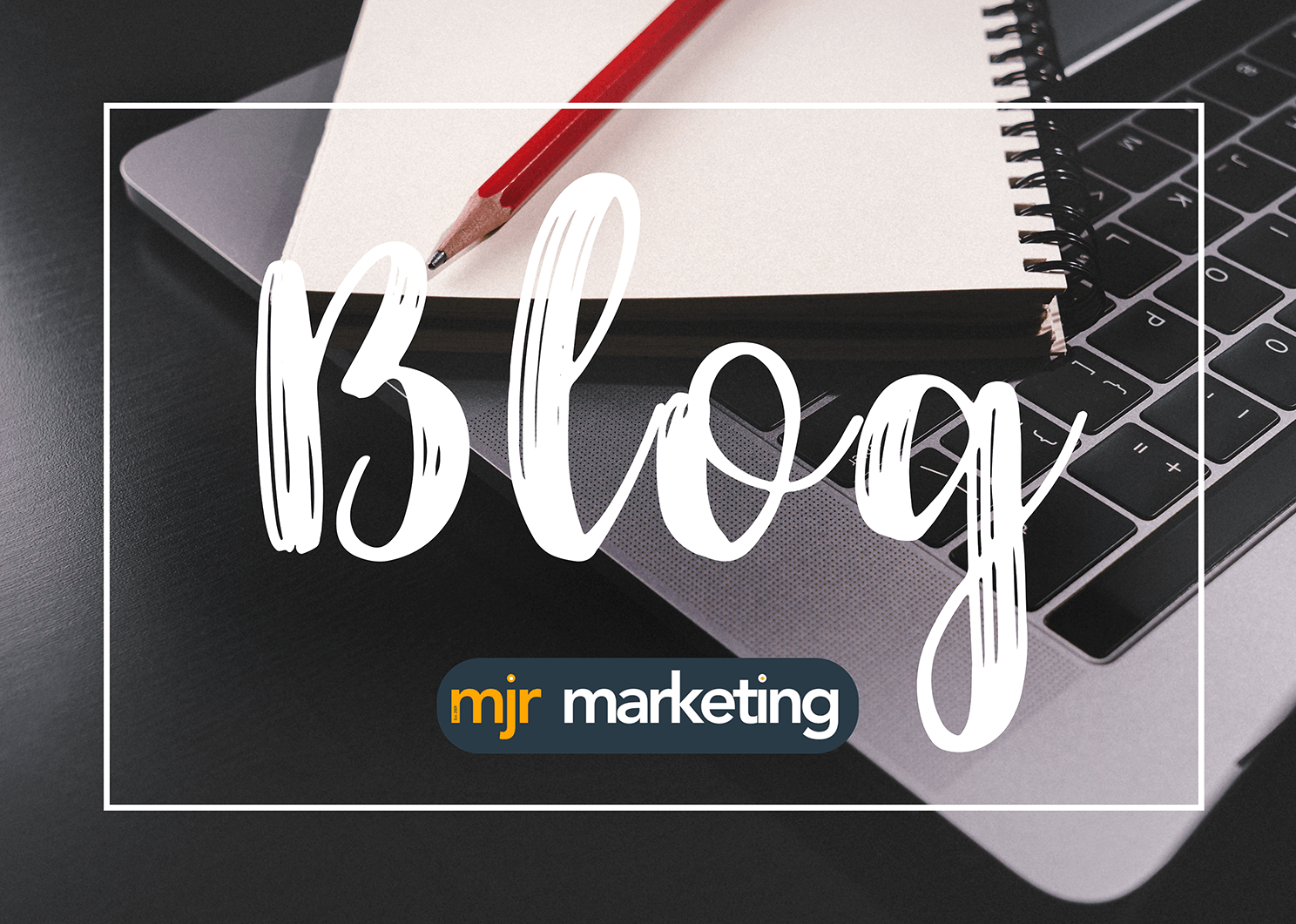
By Liam Reardon
•
May 5, 2020
Are you still slaving over a hot laptop? Creating blogs is time-consuming. We know it needs to be done to connect with clients and help our websites rank in searches. If only it didn’t take up hours every week, hours which you could be using elsewhere in the business or to spend with your family and friends. Isn’t it time you did something differently? Here are some great reasons you should outsource your blog 1. You get a professional – Content writers are either professional marketing writers or journalists or both, who can turn their hand to whatever you need. They are used to meeting deadlines, writing clearly for different audiences, and understanding the brief; you give them. 2. You get top-quality research – writers use their research and interviewing skills to ensure the facts in your blogs are checked thoroughly, and they know where to go to source information on any subject. 3. You get ideas – There’s nothing worse than sitting and staring at a blank Word document, worrying about what you should be creating. A content writer comes to you with ideas, and that takes the burden off your shoulders. You don’t have to scour the media for good news lines or dream up a subject which will resonate with your clients. 4. You save time – A professional content writer will write more quickly than you do because it’s what they do all day, every day. You have a million other things to do – the accounts, talking to clients, writing tenders, pitching presentations, dealing with staff issues, and planning the future of your business. Phew! That takes up quite enough time… Imagine having another hour, two hours, or three hours a week back to put into all of those things, instead of writing blogs. 5. Your content is written to support your SEO – Content writers work closely with experts in search engine optimisation to support what they’re doing to get your website found online. That includes using targeted keywords and key phrases in a natural, organic way to help your blogs rank in Google and other search engines, and splitting blogs into different headings to encourage search engine algorithms to crawl them. 6. You can save money – What, outsourcing saves money? It can, especially if the person in your business creating the blogs is you or another key member of staff. Your time is worth far more than any content writer’s, but if you spend your time writing, you can’t be selling, producing your products or services, ensuring your clients are happy or chasing payments. If you don’t have the time to do those things, won’t you have to pay someone else to do them? 7. You can focus on other things – How about planning for your business growth or recruiting that new member of staff? Focus is everything in a business. Without it, you can’t take action and make things happen. 8. It’s a numbers game - Research by HubSpot showed that businesses which blog at least 16 times a month get more than three times the traffic to their websites than those who blog up to four times a month. So, if you want more attention online, you need to invest in getting it. Outsourcing allows you to do that cost-effectively. 9. You can cut through the noise – There’s a LOT of content out there. A professional writer will help you target the people you want to hear your messages, craft a message that answers their problems and speaks to them and tell a compelling story to hook them in. 10. Your case studies are polished until they shine – There’s no better way to build trust that to show your potential clients what you do, and how successful it has been for a past customer. Content writers know these stories are gems which can be powerful in attracting more clients to you. 11. You’ll get content which helps you generate leads – Blogs don’t just need to build trust and rapport with potential clients; they need to help turn them into paying customers. So, use them to signpost your website visitors to other relevant pages, such as your services, your testimonials or reviews, or your contact page. Professionals understand the need to include internal, and external, links in blogs, and strong calls to action. After all, unless you tell someone what you want them to do, how can they do it? If you need help and advice about blogging, click here
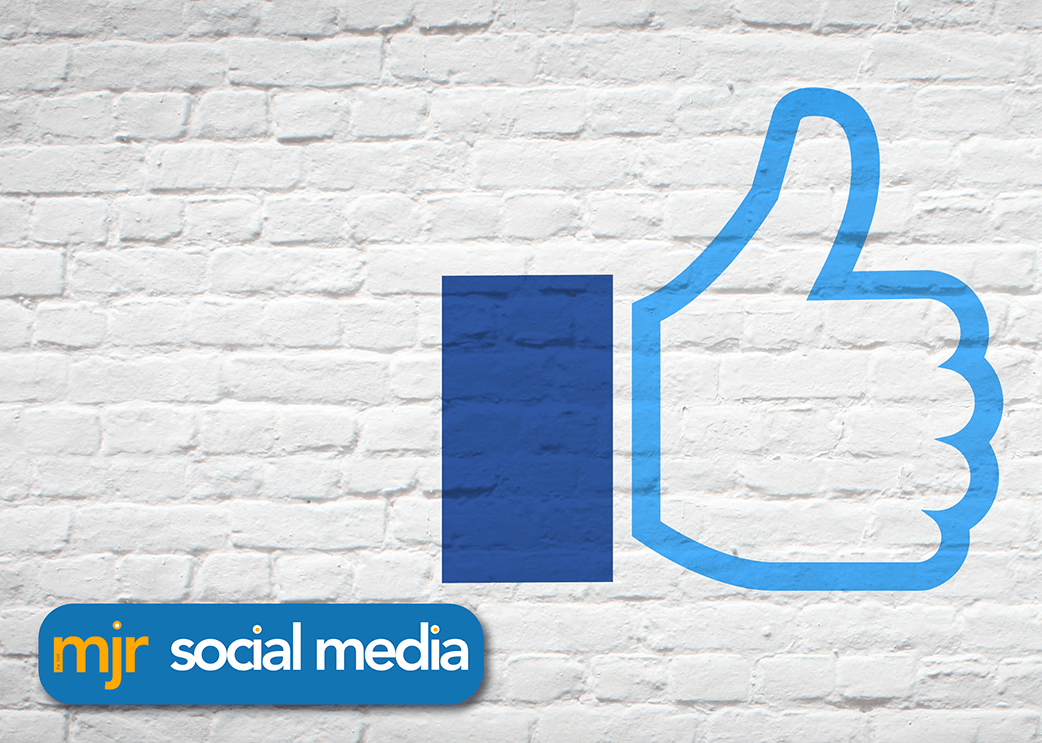
By Liam Reardon
•
May 5, 2020
• What should I post? • When should I post it to get the maximum impact? • What kind of images should I use, and what are the optimal sizes for different platforms? • How should I be uploading video for each platform? • Should I use a scheduling tool, and, if so, which one? • How do I use the advertising features on each of the different platforms? It’s enough to make your head spin, isn’t it? There is, of course, another big question which all business owners have to ask themselves: “How on earth have I got the time to be doing all of this stuff?” For many business owners, the answer is surprisingly simple. You don’t have the time. That’s why many end up with big gaps in their timelines, days, weeks, months, or even longer between posts. Yet, we all know that social media management is vital these days if you want to connect with customers and get good leads. So, how do we get ourselves out of that Catch 22? What can you do to ensure your social media management isn’t a nightmare? It’s time to think about outsourcing the management of your social media pages. There are several distinct benefits to doing this. 1. Your social media is managed professionally by someone who understands each platform and the trends in marketing. 2. You don’t have to run yourself ragged, creating posts and scheduling them – your time can be spent on something else. 3. You don’t have to keep coming up with ideas for posts. Your social media manager will be a fountain of ideas for impactful posts. 4. The technical stuff about uploading videos and images in the correct format is no longer your problem. You can breathe a sigh of relief. 5. The social media manager has all the scheduling tools at his or her disposal already, so you don’t have to spend money on licences for them, and knows when to post to get your business seen. 6. They also have a deep understanding of the advertising features and can create the best-targeted adverts with the lowest pay per click rate possible for your business. 7. They understand split testing of adverts, pay per click rates, and how to write compelling advertising copy. How do you choose the right social media manager for your business? Find a company which offers all you need in one place, as we do at MJR Marketing. You’ll need a marketing company which offers content, images, graphics, design, animation, videography, and excellent social media skills. Pick a company which is innovative, creative, and passionate about helping your business, which is just like us, of course! If you’re looking for someone to ease the burden of managing your social media, why not call us to start the conversation - click here to get the ball rolling
Location:
Unit B2, Rainbow Business Centre, Phoenix Way, Swansea,United Kingdom, SA7 9FP
Opening Times: 10:00 - 18:00 Monday - Thursday10:00 - 16:00 FridayClosed Weekends & Bank Holidays
Billing Address:MJR Management Consultancy LTD, 5 Hollybush Drive, Sketty, Swansea, United Kingdom, SA2 9JD
United Kingdom, SA7 9FP
Opening Times:
10:00 - 18:00 Monday - Thursday
10:00 - 16:00 Friday
Closed Weekends & Bank Holidays
Billing Address:
MJR Management Consultancy LTD,
5 Hollybush Drive,
Sketty, Swansea,
United Kingdom, SA2 9JD
All Rights Reserved | MJR Marketing | T&C's of Business | Privacy Statement
MJR Marketing is a division of MJR Management Consultancy LTD. Company Registration No: 7292974.
© 2025
View more
